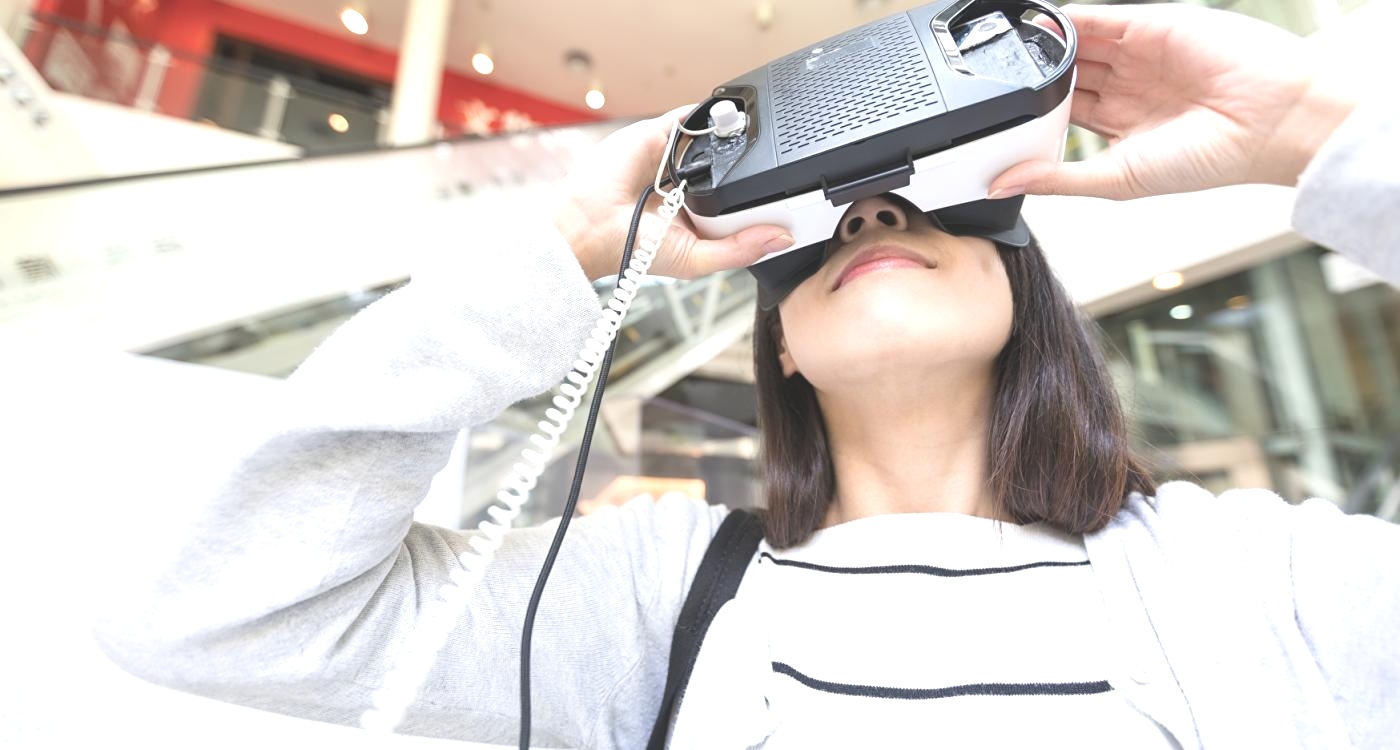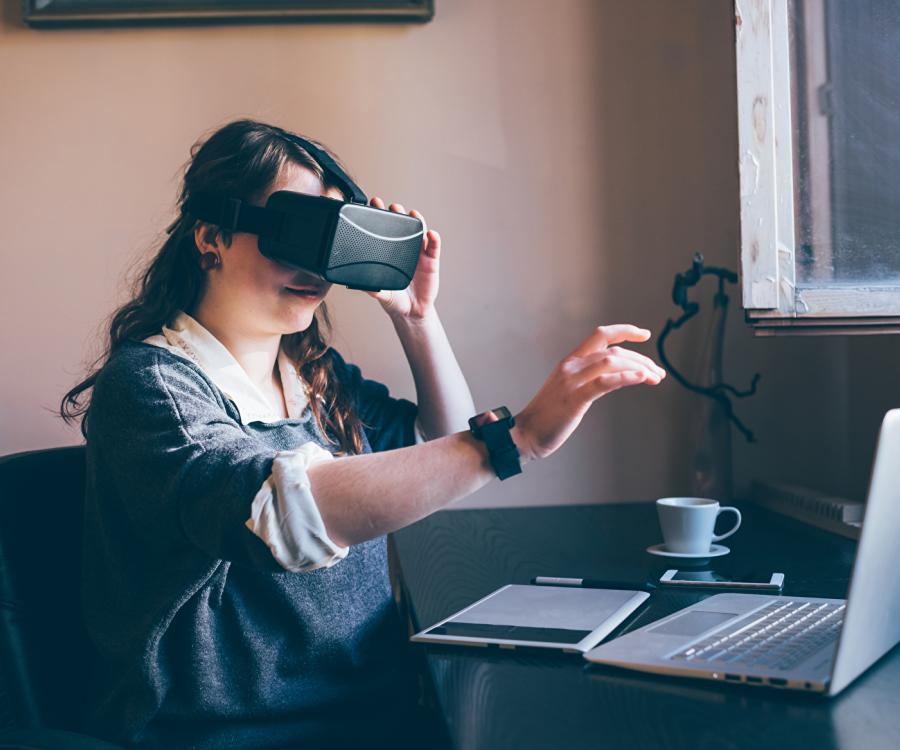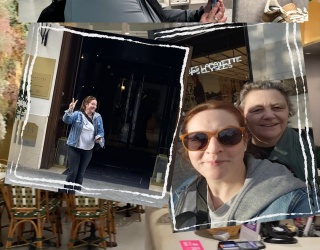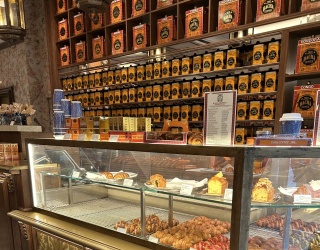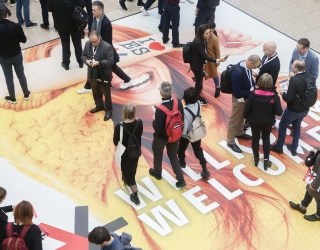
New technologies permeate all aspects of the retail business, whether it’s self-checkouts, AI or robotics. Virtual and Augmented Reality (VR and AR) are yet other components in this setting.
In this interview with iXtenso, Kelly Goetsch, Chief Product Officer at commercetools GmbH talks about how these technologies can unlock online and offline possibilities, explains why they are important when it comes to the purchase decision and reveals the role they might play in the future.
Mr. Goetsch, what trends do you see in consumer buying behavior?
Kelly Goetsch: Whether you buy clothing, luxury items or technology – it’s obvious that the lines between online and offline retail continue to blur - and customers like this trend.
Virtual and augmented reality have become increasingly important in this context.
AR and VR elevate the customer shopping experience to a whole new level. Retailers can leverage immersive technologies to customize any space to fit customer wants and needs. This enables each customer to have a personalized shopping experience based on his or her individual preferences. Customers are thus more likely to stay longer at the store, buy something and return to it again.
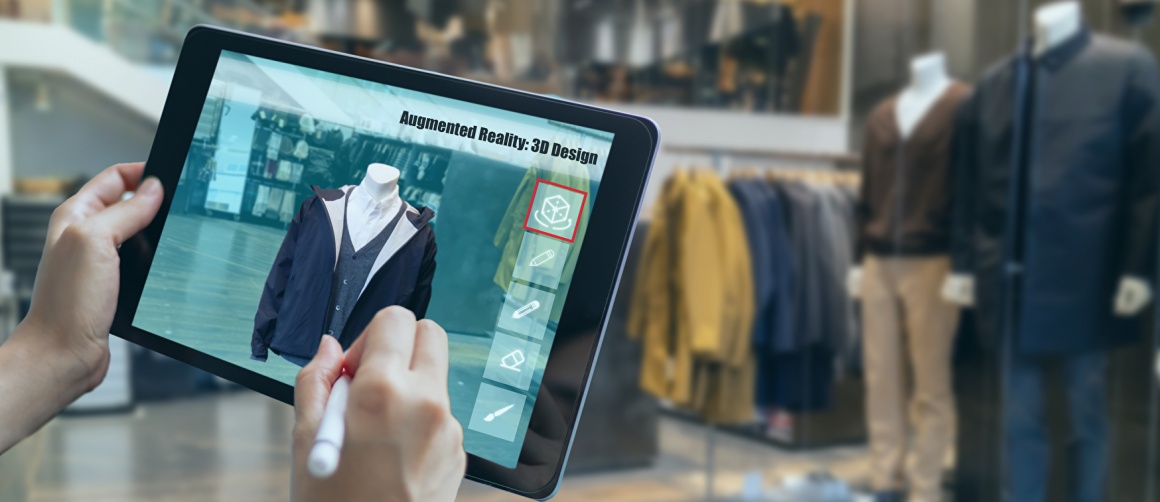
Let's say a retailer wants to use these technologies. What are some real-world applications?
There are many ways to use AR and VR in retail settings. Even small retail spaces can be transformed into a megastore with the help of AR and VR solutions, turning them into an experience for the customer.
AR devices can give customers relevant and personalized content when they view products. This might include overlaid customer or expert reviews, additional product information or allergy warnings. What’s more, AR can incorporate personal information such as shoe size to directly determine product availability.
“Virtual stores” use VR for example. The technology allows customers to visit a virtual store anytime, anywhere, where a projection of an AI-based or humanoid assistant offers support. This virtual assistant gives personalized recommendations and presents products in real-time.
Speaking of purchase decision: Why is it important to create a positive experience that prompts customers to buy products?
Adding inspiration and information can have a positive impact on the purchase decision. Retailers often wrongly assume that customers already know what they are going to buy when they enter a store or visit a website. In reality, the experience at the store plays a crucial role in the decision.
What potential do you see in AR and VR?
I see huge potential because we have not fully tapped into it yet. The fact that large tech giants like Google and Facebook invest in this technology proves that AR and VR are becoming increasingly important. It's still hard to say where all this is going to take us - but there are endless possibilities and the sooner retailers realize it, the sooner they can turn it to their advantage.

